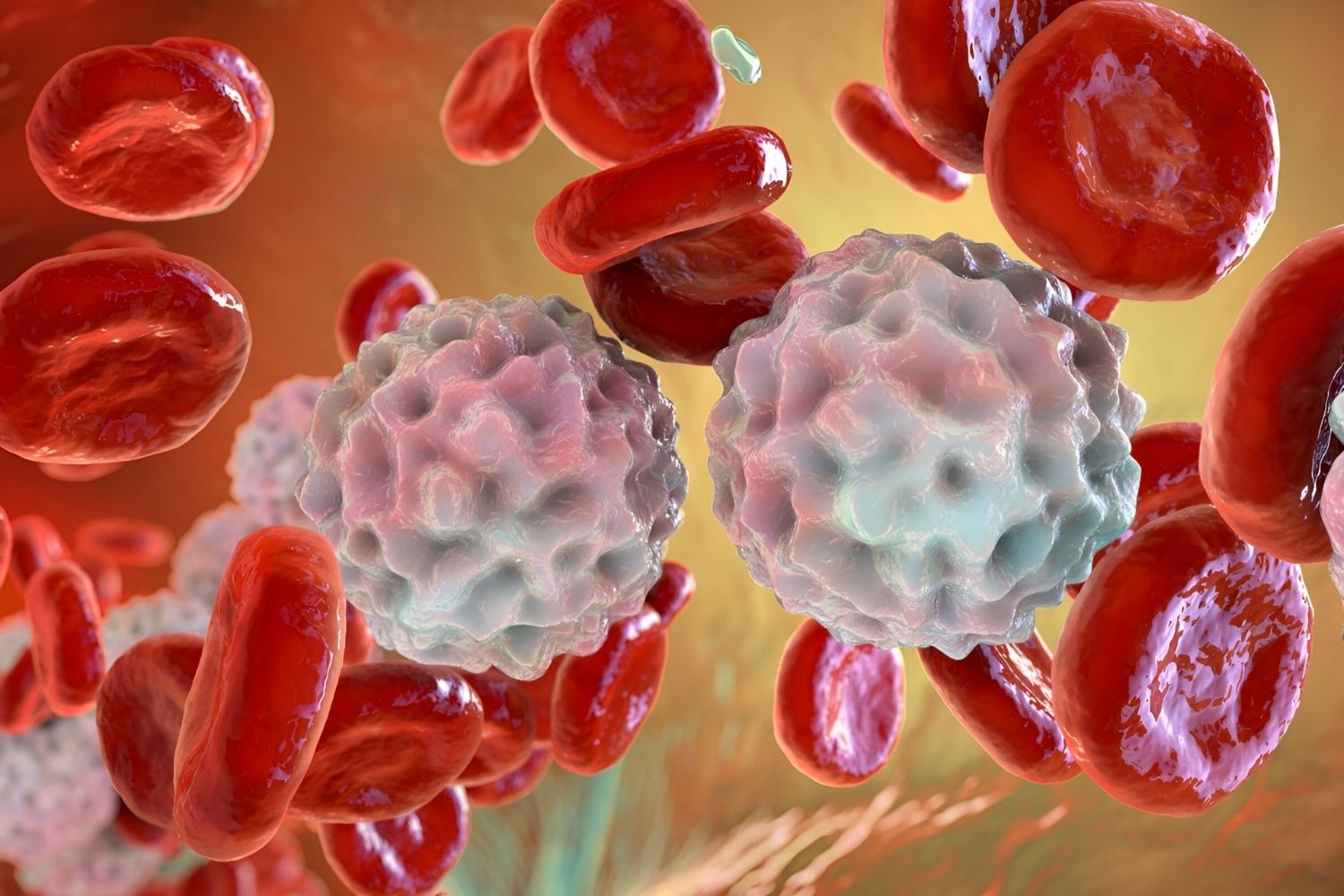
Pediatric T-Cell Leukemia is a type of cancer that affects the blood and bone marrow, primarily in children. This aggressive disease originates in T-cells, a type of white blood cell crucial for the immune system. Early symptoms often mimic common illnesses, making early detection challenging. These can include fever, fatigue, and swollen lymph nodes. Diagnosis typically involves blood tests, bone marrow biopsies, and imaging studies. Treatment options range from chemotherapy to bone marrow transplants, with the goal of achieving remission. Understanding the risk factors and advancements in research can provide hope and better outcomes for affected families.
Key Takeaways:
- Pediatric T-cell leukemia is a type of blood cancer that affects children and teenagers. Early diagnosis and treatment can significantly improve survival rates.
- Symptoms of pediatric T-cell leukemia include fatigue, fever, and frequent infections. Treatment involves chemotherapy, radiation therapy, and bone marrow transplants for high-risk patients.
Understanding Pediatric T-Cell Leukemia
Pediatric T-cell leukemia is a type of cancer that affects the blood and bone marrow. It primarily impacts children and teenagers. Here are some key facts to help you understand this condition better.
- Pediatric T-cell leukemia is a subtype of acute lymphoblastic leukemia (ALL).
- It originates from immature T-cells, a type of white blood cell.
- This leukemia is more common in boys than girls.
- Symptoms often include fatigue, fever, and frequent infections.
- Bruising and bleeding can also be early signs.
- Enlarged lymph nodes and spleen are common in affected children.
- Diagnosis typically involves blood tests and bone marrow biopsies.
- Genetic mutations play a significant role in the development of this leukemia.
- Chemotherapy is the primary treatment method.
- Radiation therapy may be used in some cases.
- Bone marrow transplants are considered for high-risk patients.
- Survival rates have improved significantly over the past decades.
- Early diagnosis is crucial for better outcomes.
- Pediatric T-cell leukemia is less common than B-cell leukemia.
- It accounts for about 15% of all childhood ALL cases.
Causes and Risk Factors
Understanding what causes pediatric T-cell leukemia and the risk factors involved can help in early detection and prevention.
- The exact cause of pediatric T-cell leukemia is unknown.
- Genetic predisposition can increase the risk.
- Exposure to high levels of radiation is a known risk factor.
- Certain genetic disorders, like Down syndrome, can elevate risk.
- Family history of leukemia can also be a contributing factor.
- Environmental factors, such as exposure to chemicals, may play a role.
- Viral infections have been linked to the development of leukemia.
- Boys are more likely to develop this type of leukemia than girls.
- Most cases occur in children aged 2 to 5 years.
Symptoms and Diagnosis
Recognizing the symptoms early can lead to prompt diagnosis and treatment, improving the chances of recovery.
- Symptoms can develop rapidly over a few weeks.
- Common symptoms include unexplained weight loss and night sweats.
- Bone and joint pain are frequent complaints.
- Pale skin and shortness of breath are also symptoms.
- Blood tests often show high white blood cell counts.
- Bone marrow biopsy confirms the diagnosis.
- Imaging tests like X-rays and CT scans help assess the spread.
- Lumbar puncture may be performed to check for central nervous system involvement.
Treatment Options
Treatment for pediatric T-cell leukemia involves multiple approaches to ensure the best possible outcome.
- Chemotherapy is divided into phases: induction, consolidation, and maintenance.
- Induction therapy aims to achieve remission.
- Consolidation therapy targets any remaining leukemia cells.
- Maintenance therapy helps prevent relapse.
- Targeted therapy uses drugs to attack specific cancer cells.
- Immunotherapy boosts the body's natural defenses to fight cancer.
- Clinical trials offer access to new and experimental treatments.
- Supportive care is essential to manage side effects and improve quality of life.
Prognosis and Survival Rates
The prognosis for pediatric T-cell leukemia has improved with advancements in medical science.
- The 5-year survival rate for children with T-cell leukemia is around 85%.
- Early-stage diagnosis significantly improves survival chances.
- Relapse rates are higher in T-cell leukemia compared to B-cell leukemia.
- Long-term follow-up is necessary to monitor for late effects of treatment.
- Advances in genetic research are paving the way for personalized treatment plans.
Final Thoughts on Pediatric T-Cell Leukemia
Pediatric T-Cell Leukemia is a complex and challenging disease. Understanding its symptoms, treatments, and the latest research can make a significant difference. Early detection and advancements in medical science offer hope to many families. Staying informed about the latest developments and supporting ongoing research are crucial steps in the fight against this illness.
Parents, caregivers, and medical professionals must work together to provide the best care possible. Knowledge empowers us to make better decisions and advocate for those affected. By sharing information and raising awareness, we can contribute to a brighter future for children battling this disease.
Remember, every bit of support counts. Whether through donations, volunteering, or simply spreading the word, your efforts can make a real impact. Let's continue to push for progress and hope in the fight against Pediatric T-Cell Leukemia.
Frequently Asked Questions
Was this page helpful?
Our commitment to delivering trustworthy and engaging content is at the heart of what we do. Each fact on our site is contributed by real users like you, bringing a wealth of diverse insights and information. To ensure the highest standards of accuracy and reliability, our dedicated editors meticulously review each submission. This process guarantees that the facts we share are not only fascinating but also credible. Trust in our commitment to quality and authenticity as you explore and learn with us.
